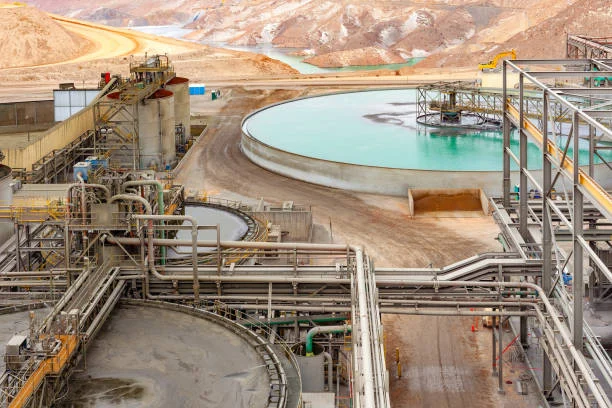
Introduction
Cyanide leaching is a widely used process in the mining industry for extracting gold and silver from ores. Sodium cyanide is a commonly employed reagent in this process due to its ability to form soluble complexes with these precious metals. Stirred tank leaching and heap leaching are two distinct methods of cyanide leaching, each with its own characteristics and efficiency profiles. Understanding the efficiency differences between these two methods when using sodium cyanide is crucial for optimizing mining operations and maximizing resource recovery.
Process Principles
Stirred Tank Leaching
Stirred tank leaching is typically used for processing finely ground ores. The ore slurry, usually with a particle size less than 0.3mm, is placed in a tank equipped with mechanical agitators or compressed air for agitation. The sodium cyanide solution is added to the tank, and through continuous stirring, the cyanide ions react with the gold or silver in the ore to form soluble cyanide complexes. This method allows for good control over the reaction conditions such as temperature, pH, and reagent concentration. The leaching process often includes steps like solid - liquid separation of the slurry, counter - current washing to recover the valuable metals in the solution, and subsequent processing of the pregnant solution to extract the gold or silver, for example, through zinc powder displacement or electrowinning.
Heap Leaching
Heap leaching is mainly applied to low - grade ores. The ore, which may be crushed to a relatively coarser size (usually less than 50mm or 10mm depending on the ore characteristics), is stacked on an impermeable liner. A sodium cyanide solution is then sprayed or percolated through the ore heap. As the solution trickles through the heap, it reacts with the gold or silver in the ore, dissolving them and forming soluble cyanide complexes. The pregnant solution that drains from the bottom of the heap is collected and processed to recover the precious metals, often using methods such as activated carbon adsorption or zinc powder displacement. This process is more suitable for large - scale treatment of low - grade ores due to its relatively simple setup and lower capital investment requirements compared to stirred tank leaching.
Factors Affecting Efficiency
Ore Characteristics
Particle Size: In stirred tank leaching, fine - grinding of the ore is essential to expose the precious metal particles fully. Smaller particle sizes increase the surface area available for the reaction with sodium cyanide, leading to higher reaction rates. For example, if the gold particles are well - liberated in the fine - ground ore, the cyanide ions can quickly come into contact with them, enhancing the leaching efficiency. In contrast, in heap leaching, the ore is typically coarser. While a certain degree of crushing is done to increase permeability and surface area, the particle size is much larger than that in stirred tank leaching. Larger particles may have a slower reaction rate as the cyanide solution takes longer to penetrate and react with the inner parts of the particles. However, overly fine - grained ore in heap leaching can cause problems with heap permeability, reducing the overall efficiency.
Mineralogy: Ores containing certain minerals can have different effects on the two leaching methods. For instance, ores with high clay content can pose challenges in both processes. In stirred tank leaching, high clay content can increase the viscosity of the slurry, affecting agitation and mass transfer. In heap leaching, clay can clog the pores in the ore heap, reducing the permeability of the cyanide solution and thus the leaching efficiency. Ores with complex sulfide minerals may require pre - treatment in both methods. In stirred tank leaching, pre - oxidation or other pre - treatment steps can be integrated more easily into the process flow to break down the sulfide minerals and release the enclosed precious metals. In heap leaching, pre - treatment may be more difficult to implement uniformly across the large ore heap, potentially affecting the efficiency of sodium cyanide leaching.
Reagent Concentration
Sodium Cyanide Concentration: The concentration of sodium cyanide is a critical factor in both leaching methods. In stirred tank leaching, the optimal sodium cyanide concentration is usually determined through laboratory tests and can range from 0.02% - 0.1%. A higher concentration may increase the reaction rate initially, but it also leads to higher reagent costs and environmental risks. If the concentration is too low, the leaching rate will be slow, and the leaching efficiency will be reduced. In heap leaching, the cyanide concentration in the solution sprayed on the heap is also carefully controlled. Generally, it may be in a similar range as stirred tank leaching, but due to the larger volume of ore and the need for the solution to percolate through the heap, the overall consumption of sodium cyanide per unit of ore may be different. A lower concentration may be used in heap leaching to reduce costs, but this needs to be balanced with the slower reaction rate and longer leaching time.
Oxygen Concentration: Oxygen is an important reactant in the cyanide leaching process. In stirred tank leaching, air or pure oxygen can be introduced into the tank to ensure an adequate oxygen supply. Good agitation helps in dispersing the oxygen evenly in the slurry, promoting the reaction. In heap leaching, the oxygen supply mainly comes from the air in the pores of the ore heap. The permeability of the heap plays a crucial role in allowing oxygen to reach the reaction sites. If the heap is too compact, the oxygen supply may be limited, reducing the leaching efficiency of sodium cyanide.
Process Conditions
Agitation in Stirred Tank Leaching: Agitation in stirred tank leaching serves multiple purposes. It ensures the uniform distribution of the sodium cyanide solution and the ore particles in the slurry, preventing sedimentation. It also enhances the mass transfer of the reactants, bringing the cyanide ions closer to the precious metal particles. High - intensity agitation can increase the leaching rate, but it also requires more energy and may cause wear and tear on the equipment. The type of agitator and its speed are carefully optimized to achieve the best balance between leaching efficiency and energy consumption.
Percolation in Heap Leaching: In heap leaching, the percolation rate of the sodium cyanide solution through the ore heap is a key factor. A proper percolation rate ensures that the solution has sufficient contact time with the ore particles to react. If the percolation rate is too fast, the solution may not have enough time to dissolve the precious metals fully. If it is too slow, the overall leaching process will be time - consuming. The design of the heap, including the slope, the thickness of the ore layer, and the distribution of the solution, is optimized to achieve an appropriate percolation rate.
Efficiency Comparison in Practice
Leaching Rate
Stirred tank leaching generally has a higher leaching rate compared to heap leaching. This is because of the fine - grinding of the ore and the efficient agitation, which allows for rapid contact between the sodium cyanide and the precious metal particles. For example, in a well - optimized stirred tank leaching operation for a gold - bearing ore, significant amounts of gold can be leached within a few hours to a few days. In contrast, heap leaching is a much slower process. It may take weeks to months to achieve a satisfactory level of metal extraction. The slower rate in heap leaching is due to the coarser particle size of the ore and the relatively less efficient mass transfer compared to stirred tank leaching.
Recovery Rate
The recovery rate, which indicates the percentage of precious metal extracted from the ore, can also vary between the two methods. In stirred tank leaching, for ores that are well - suited to this process (such as finely - disseminated gold ores), recovery rates can be very high, often reaching 90% or more. However, if the ore has complex mineralogy or if the pre - treatment steps are not properly carried out, the recovery rate may be lower. In heap leaching, the recovery rate is typically lower, usually in the range of 50% - 80% for low - grade ores. But for some simple - structured low - grade ores, with proper optimization, recovery rates can approach 90%. The lower recovery rate in heap leaching is mainly due to the incomplete reaction caused by the coarser particle size and potential inefficiencies in the percolation of the cyanide solution through the heap.
Cost - Efficiency
In terms of capital costs, heap leaching is generally more cost - effective for large - scale processing of low - grade ores. The equipment required for heap leaching, such as the impermeable liner, solution distribution system, and collection ponds, is relatively inexpensive compared to the large - scale stirred tank systems, which require significant investment in tanks, agitators, and solid - liquid separation equipment. However, in terms of operating costs, stirred tank leaching may be more cost - efficient for high - grade ores or ores that require high recovery rates. This is because the higher leaching and recovery rates in stirred tank leaching can offset the higher costs of energy, reagent consumption, and equipment maintenance. In heap leaching, although the reagent consumption per unit of ore may be lower in some cases, the longer leaching time and the need for large - scale infrastructure for solution management can increase the overall operating costs.
Case Studies
Case 1: Stirred Tank Leaching in a High - Grade Gold Mine
A gold mine in South Africa processes high - grade gold ore using stirred tank leaching. The ore is first finely ground to a very small particle size. The stirred tank system consists of multiple tanks in series, with mechanical agitators providing strong agitation. The sodium cyanide concentration in the leaching solution is carefully maintained at 0.05%. With efficient oxygenation and strict control of process parameters, the leaching rate is very high, with about 80% of the gold being leached within the first 24 hours. The overall gold recovery rate from the ore reaches 92%, demonstrating the high efficiency of stirred tank leaching for high - grade ores.
Case 2: Heap Leaching in a Low - Grade Gold Mine in Nevada, USA
A large - scale low - grade gold mine in Nevada uses heap leaching. The ore is crushed to a size of less than 10mm and stacked on a large impermeable pad. The sodium cyanide solution, with a concentration of 0.03%, is sprayed onto the ore heap. Due to the large volume of ore and the coarser particle size, the leaching process takes about 60 days to complete. The gold recovery rate from this low - grade ore is around 70%, which is a reasonable result considering the nature of the ore and the low - cost processing method of heap leaching.
Conclusion
In conclusion, the efficiency of sodium cyanide in stirred tank leaching and heap leaching shows significant differences. Stirred tank leaching is more suitable for high - grade ores or ores that require high leaching and recovery rates in a relatively short time. It offers the advantages of fine - control over process parameters, high leaching rates, and potentially high recovery rates. However, it comes with higher capital and operating costs. Heap leaching, on the other hand, is more cost - effective for large - scale processing of low - grade ores. Although it has a lower leaching rate and generally lower recovery rate, its simplicity and lower capital investment make it an attractive option for certain types of ores. Understanding these efficiency differences and carefully considering the ore characteristics, processing requirements, and cost - constraints is essential for mining companies to select the most appropriate leaching method when using sodium cyanide.
- Random article
- Popular articles
- Popular comments
- Selective grinding and agglomeration flotation process for bauxite
- Iron Ore Weak Magnetic Beneficiation Process
- Arsenic Gold Ore Wet Chemical Pretreatment Process
- Branch serial flow flotation process for lead-zinc ore
- Laterite Nickel Ore Hydrometallurgical Process for Oxide Ore
- Zirconium Ore Separation: Gravity and Magnetic Methods
- Chromite Processing: Gravity, Magnetic, and Flotation Separation



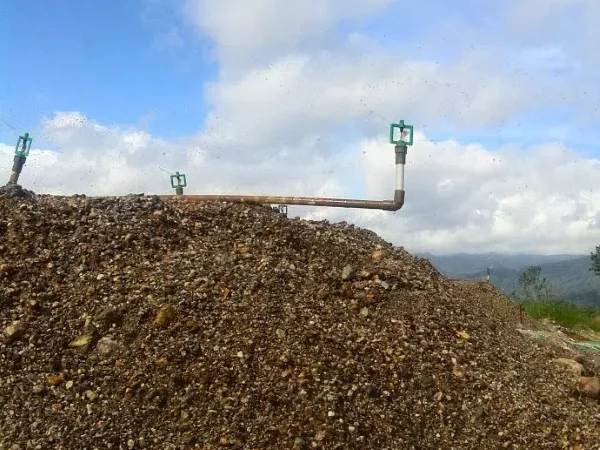
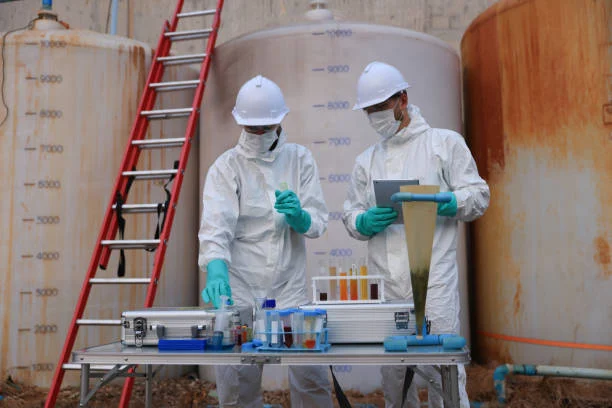
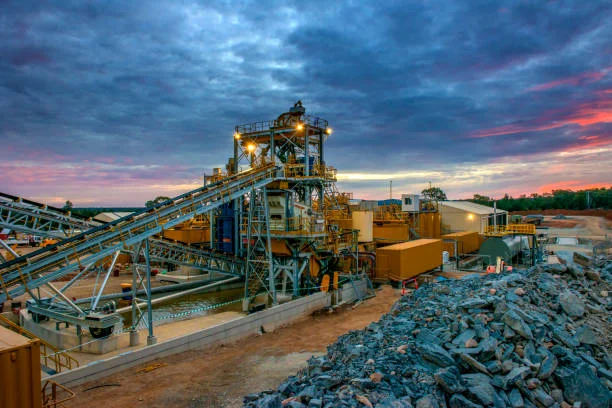
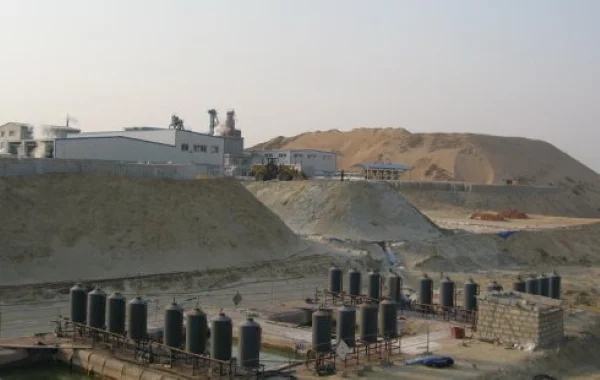
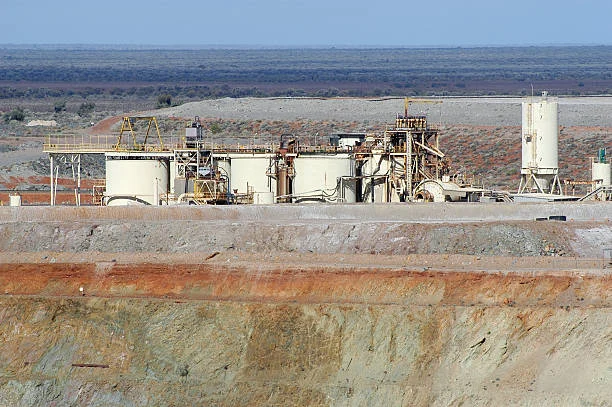
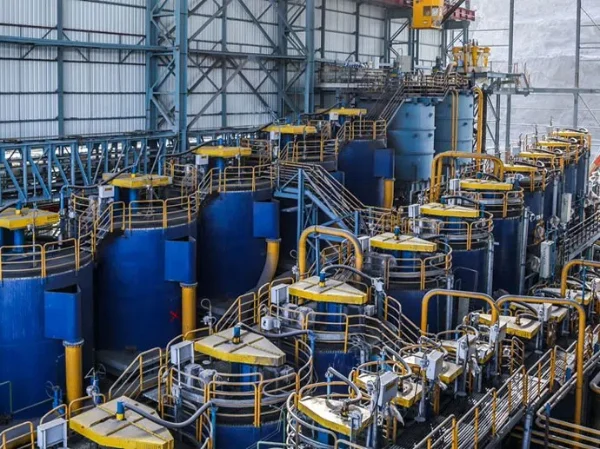
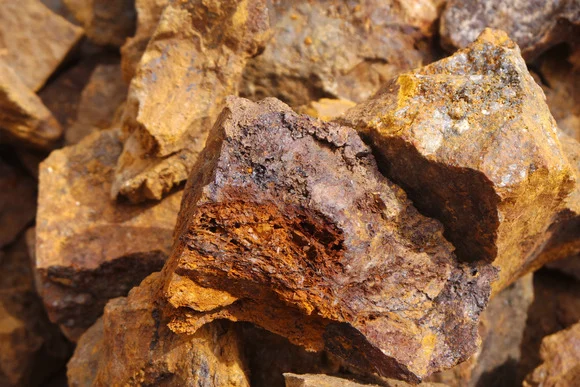
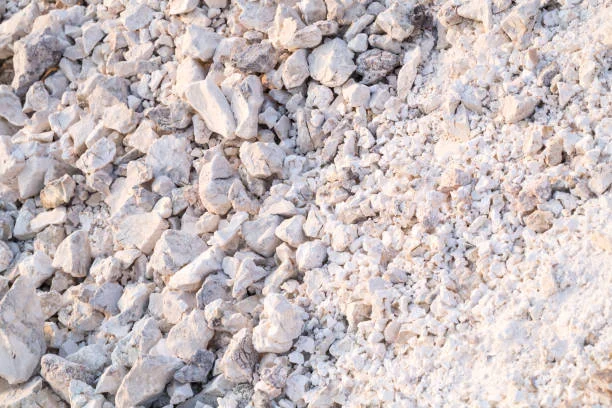
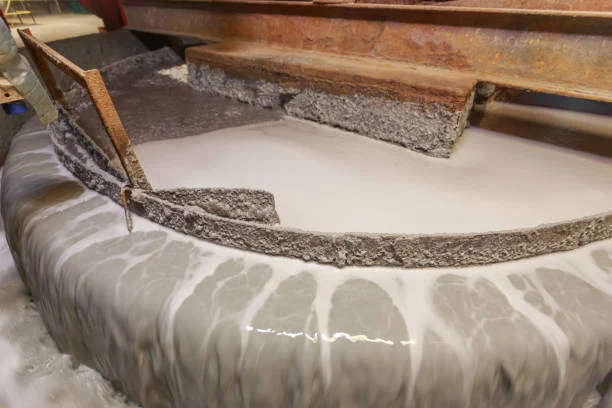

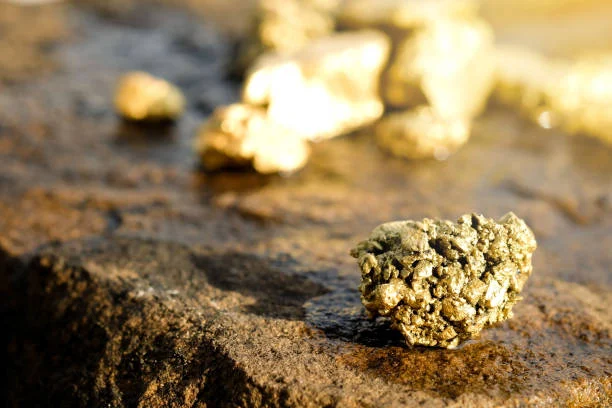

Leave a message with your needs or comments
Add comment: